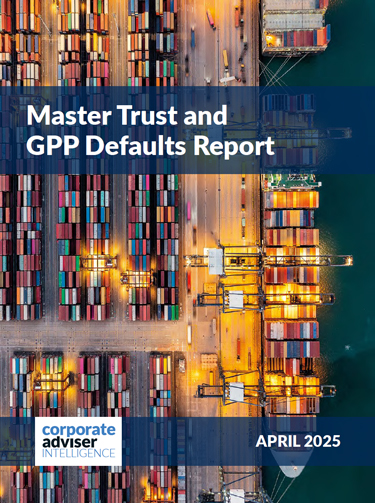The Continuous Mortality Investigation (CMI) has proposed changes to its Mortality Projections Model, with is due to be released in the second quarter of 2025.
The CMI Model, used by pension schemes, insurers, and reinsurers in the UK and internationally to estimate future mortality rates, could see adjustments that would increase life expectancy at age 65 for men by about five weeks while reducing it for women by about one week compared to the current version, CMI_2023.
A key proposed change involves how the model accounts for the impact of the pandemic. Previously, data from 2020 and 2021 was excluded as an outlier. While this approach was initially effective, a clearer picture of post-pandemic mortality trends has since emerged. The proposed update would explicitly include a mortality shock in 2020, with its effects gradually diminishing over time.
Another change aims to improve how the model reflects varying mortality trends across different age groups. The current model assumes similar trends across all ages, but recent data suggests otherwise. In 2024, mortality rates for individuals aged 75 to 100 reached record lows, whereas mortality for those aged 20 to 44 was significantly higher than before the pandemic. Updating the model to account for distinct trends at different ages would provide a more accurate reflection of recent patterns.
The consultation on these changes is open until 25 March 2025, with an update expected in April.
CMI Mortality Projections Committee chair Cobus Daneel says: “The Covid-19 pandemic was challenging for all mortality projection models. It was uncertain how mortality rates would react beyond the initial shock and the CMI took a pragmatic approach, avoiding material revisions in projected life expectancies until a clearer picture emerged. We excluded data from the peak of the pandemic, as these rates were unlikely to be a good guide to the future, and smoothed through data for other years, focussing on a plausible level of mortality rates in the medium term.
“That approach worked well initially, but required subjective judgements regarding how much emphasis should be placed on recent data. Now that mortality at pensioner ages is closer to pre-pandemic levels, we have an opportunity to improve the CMI Model, providing a better fit to recent data across the full age range during and after the pandemic.
“We recognise that different users of the model have different views. The CMI Model provides a framework for them to adjust parameters to reflect their own portfolios and views on the impact of the pandemic, and to communicate those to others.”





